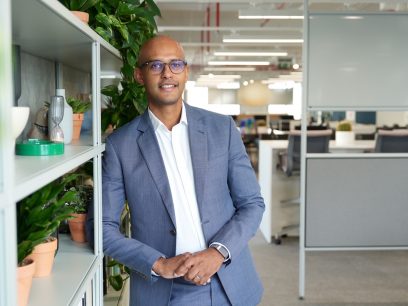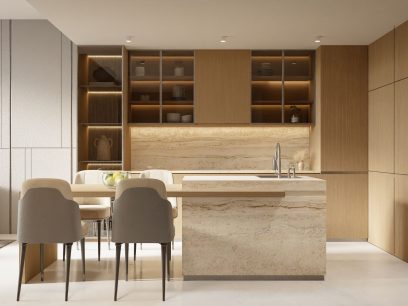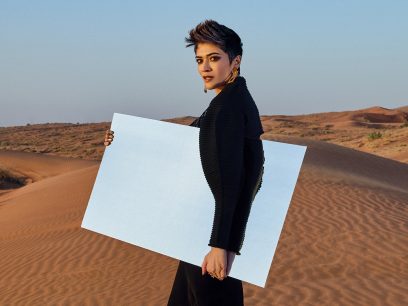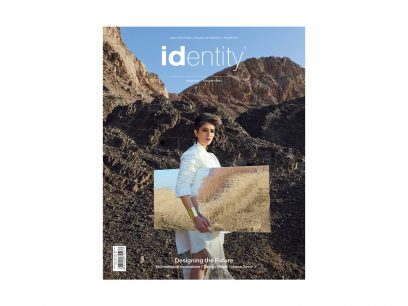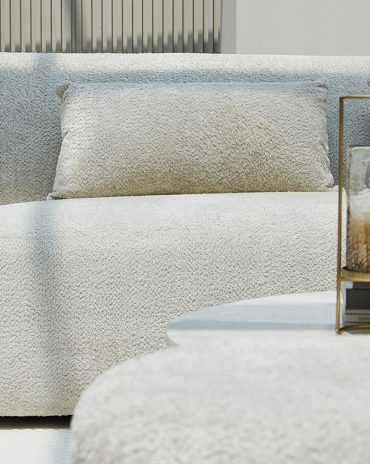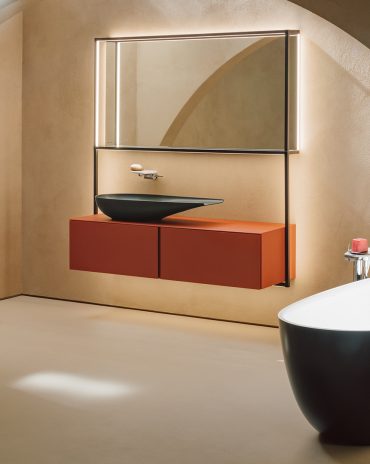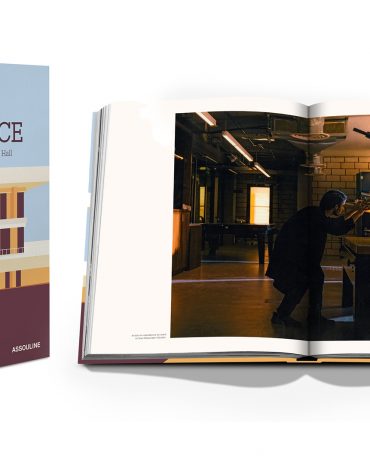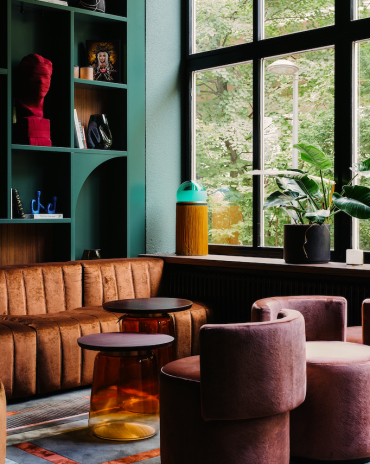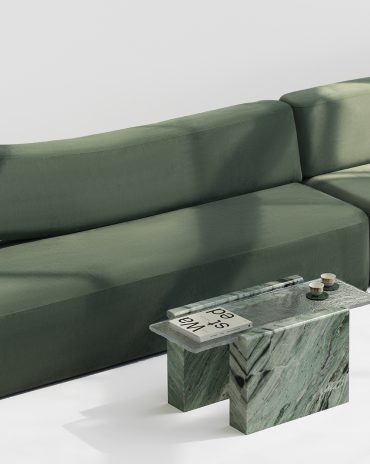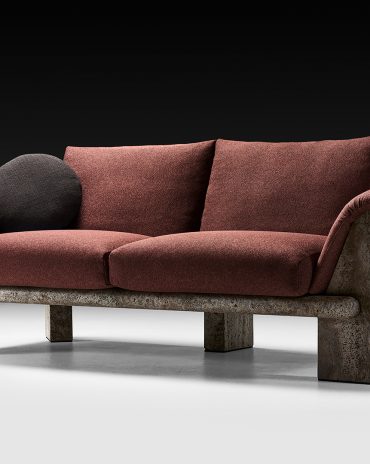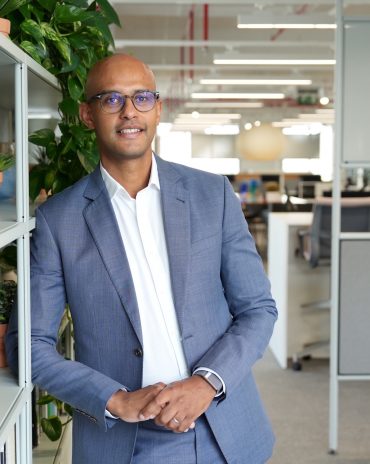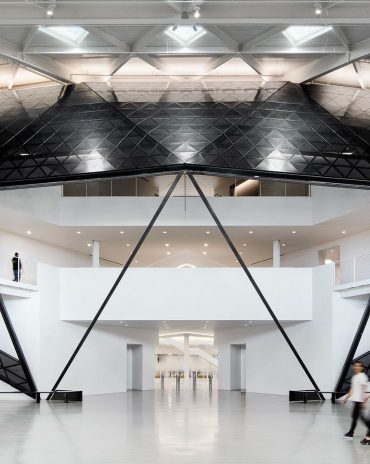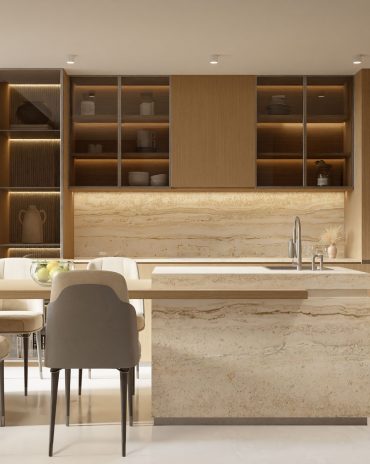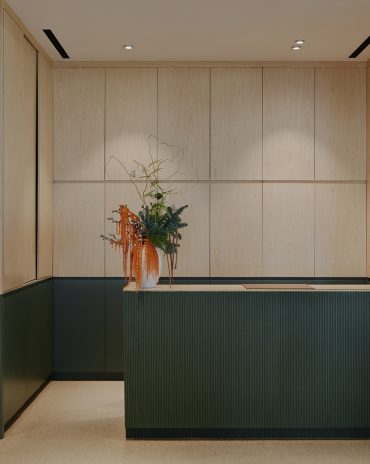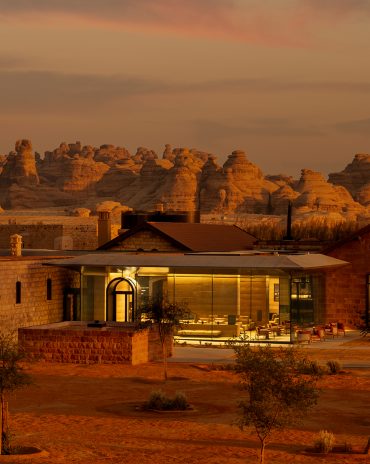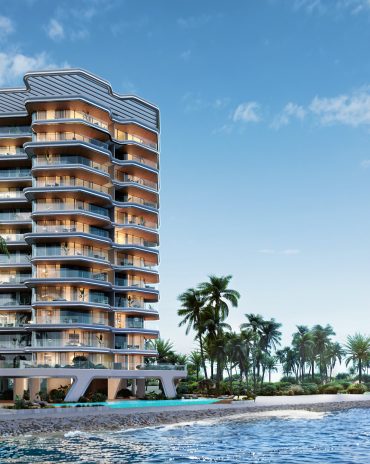Copyright © 2025 Motivate Media Group. All rights reserved.
Rebuilding Beirut: ‘We should think of reconstruction methods that rely on local know-how’ says Bernard Khoury
Beirut-based architects and designers share stories from the day of the Beirut blast
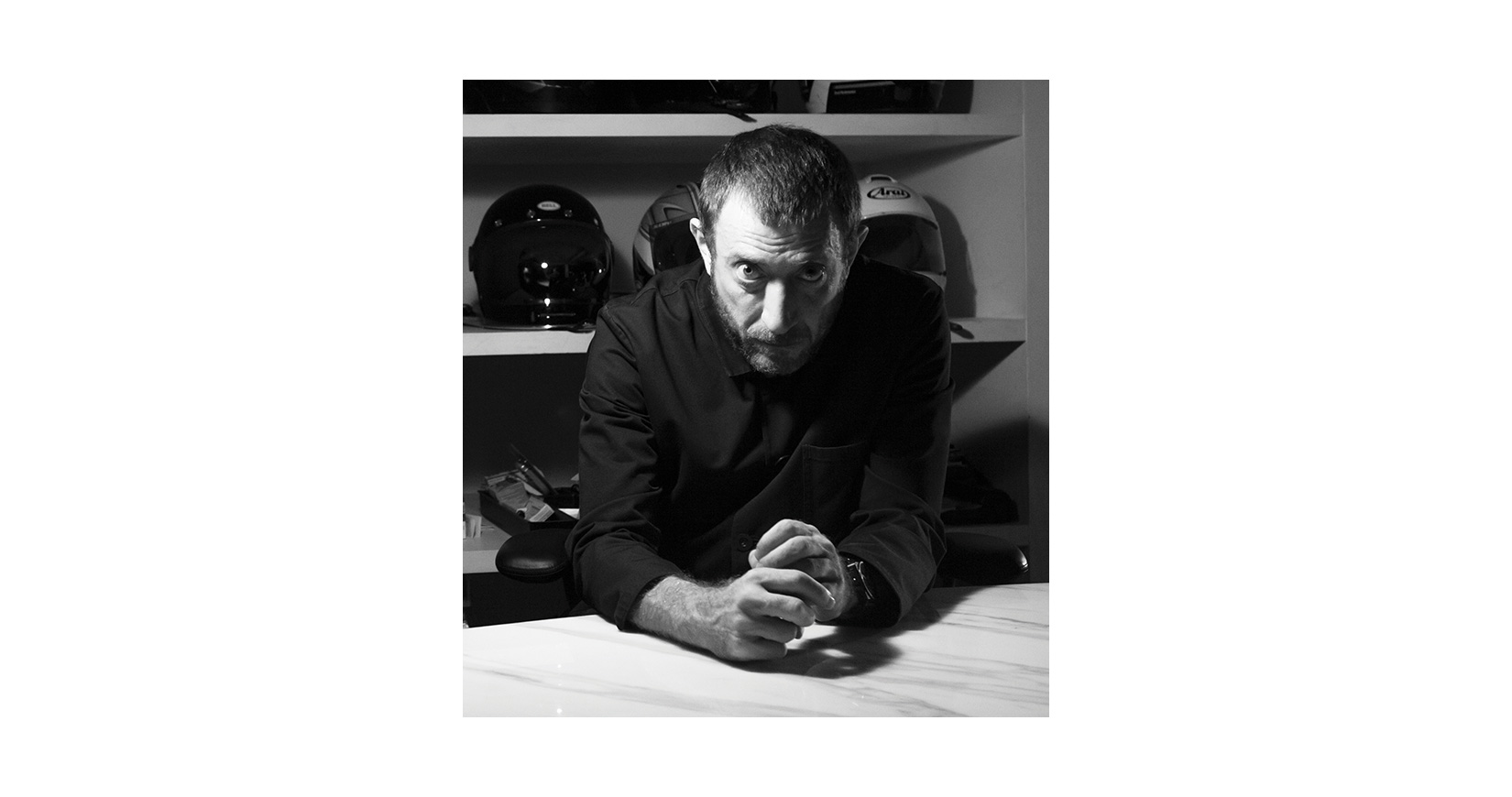
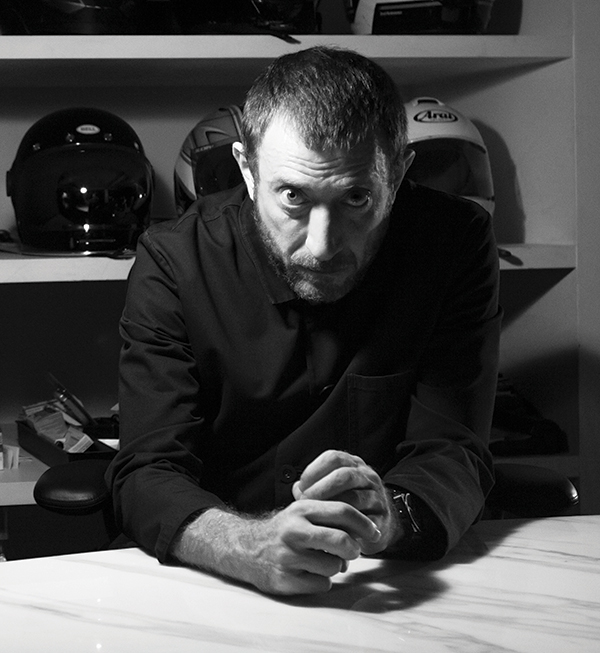 Can you describe your experience in the moment of the blast on August 4? Bernard Khoury: I was trying to open a large window. The lock was jammed. The blast blew the window open. All doors, windows and frames flew out of place. Our office is located in the quarantine sector, in the vicinity of the port. It was heavily damaged. There were about 15 of us in the office, but our injuries were not too serious: bad cuts resulting in stitches. We’re all fine, and the office is being rehabilitated. Good soldiers get back on their feet instantaneously.
Can you describe your experience in the moment of the blast on August 4? Bernard Khoury: I was trying to open a large window. The lock was jammed. The blast blew the window open. All doors, windows and frames flew out of place. Our office is located in the quarantine sector, in the vicinity of the port. It was heavily damaged. There were about 15 of us in the office, but our injuries were not too serious: bad cuts resulting in stitches. We’re all fine, and the office is being rehabilitated. Good soldiers get back on their feet instantaneously.
How are you currently feeling after the incident? Invincible but somehow tired.
Did your projects suffer any damages? Many of our buildings got damaged; some much more than others. Buildings can also heal, but the scars should remain visible.
The level of community and solidarity between the Lebanese community has been such an inspiration to everyone. Do you have hope that you will be able to rebuild the city? Our city is in constant convalescence. It has been the case for the past few decades. Since my return to the so-called ‘post-war Beirut’, I have worked on a number of delicate and complex situations. In the absence of a serious and collective approach to reconstruction, we have – and will – deal with each specific situation by bringing forward meaningful strategies for each and every condition.
How do you think the design and architecture community in Lebanon and outside can come together to rebuild the studios, homes and heritage buildings? What is more important than architecture is what precedes the architectural act. So far, we have seen heroic initiatives from the civil society. The bankrupt and corrupt state institutions have, once again, failed to perform the most basic tasks and responsibilities that were supposedly given to them.
“We should think of rehabilitation and reconstruction methods that rely on local know-how rather than blindly adopting international standards of the construction industry.”
What are some of the main challenges in rebuilding the city? The most obvious challenge is financial. This city is in desperate need of funds. These will hopefully be given to non-governmental organisations that will channel them directly and in the most effective ways, where needed. On a more architectural and technical level, we should think of rehabilitation and reconstruction methods that rely on local know-how rather than blindly adopting international standards of the construction industry, including the sky-rocketing costs of imports and all materials that rely on foreign currencies. We should revive and reconnect with local artisans and take this opportunity to celebrate their know-how. This is not just a pragmatic and economical posture. It is a form of resistance; it is also a political act.
Are you able to comprehend what the future in Beirut may look like and what is everyone’s responsibility in this? I am much more worried about the present. Give the present the seriousness it deserves, and the future will take care of itself.
The Latest
Textures That Transform
Aura Living’s AW24 collection showcases the elegance of contrast and harmony
Form Meets Function
Laufen prioritises design, functionality and sustainability in its latest collections
Preserving Culture, Inspiring Creativity
Discover the Legacy of a Saudi Art Space: Prince Faisal bin Fahd Arts Hall explores the Hall’s enduring influence on the cultural fabric of Saudi Arabia
Channelling the Dada Spirit
Free-spirited and creative, The Home Hotel in Zurich injects a sense of whimsy into a former paper factory
id Most Wanted- January 2025
Falaj Collection by Aljoud Lootah Design
Things to Covet in January
identity selects warm-toned furniture pieces and objets that align with Pantone’s colour of the year
Shaping the Future of Workspaces by MillerKnoll
Stacy Stewart, Regional Director Middle East & Africa of MillerKnoll discusses the future and evolution of design in workspaces with identity.
Shaping Urban Transformation
Gensler’s Design Forecast Report 2025 identifies the top global design trends that will impact the real estate and built environment this year
Unveiling Attainable Luxury
Kamdar Developments has launched 105 Residences, a new high-end development in Jumeirah Village Circle.
The Muse
Located in the heart of Jumeirah Garden City, formerly known as ‘New Satwa’, The Muse adds to the urban fabric of the area
Cultural Immersion Meets Refined Luxury
The Chedi Hegra opens its doors in AlUla’s UNESCO World Heritage Site
Redefining Coastal Luxury
Sunshine Bay on Al Marjan island combines seaside views, exceptional design, and world-class amenities to create a unique waterfront haven

